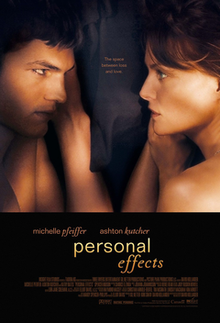Get the latest Science News and Discoveries
Effects of visual and auditory instructions on space station procedural tasks - EurekAlert
In on-orbit missions, astronauts will perform a large number of procedural tasks, such as orbital adjustments, attitude control, spacecraft docking, scientific experiments, etc. Enhanced instruction modes not only provide task sequences but also convey spatial reasoning cues, installation directions, and positions. Correct instruction modes will improve task performance and learnability, ensuring tasks are accurate, safe, and efficient. In complex environments, correct instruction modes can provide clear operational steps, ensuring astronauts perform tasks as required, reducing errors and accidents, improving task execution efficiency, and helping astronauts make informed decisions. Additionally, in the space environment, astronauts' cognition and operations are affected, and correct instruction modes can enhance understanding and adherence to instructions. Therefore, proposing scientific and reasonable instruction modes is crucial for space missions. In a review article recently published in Space: Science & Technology, scholars from Beijing Institute of Technology, China Astronaut Research and Training Center, and Imperial College London designed and conducted preset experiments on visual and auditory instructions for astronauts completing procedural tasks in the space station. The results showed significant differences (P < 0.01) in task completion time, total score of the NASA Task Load Index (NASA-TLX), and eye movement indicators, with visual instructions outperforming auditory instructions. This provides an important reference for the selection of human-machine interaction modes for procedural tasks in space stations and demonstrates the superiority of augmented reality assistance in task performance and human factors.
None
Or read this on Eureka Alert